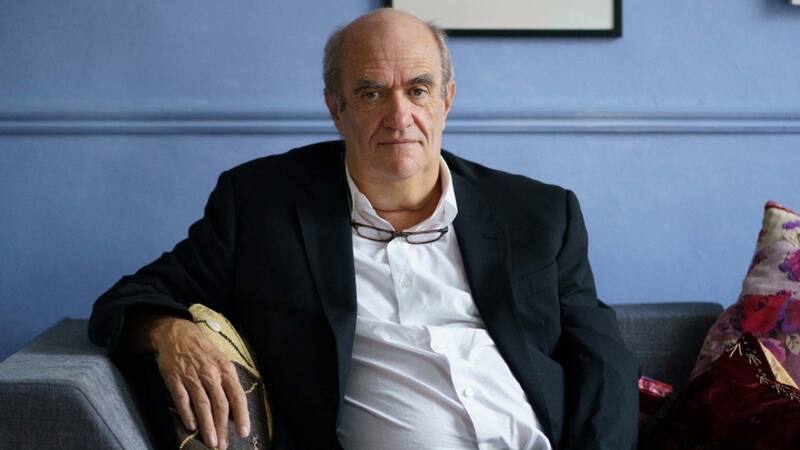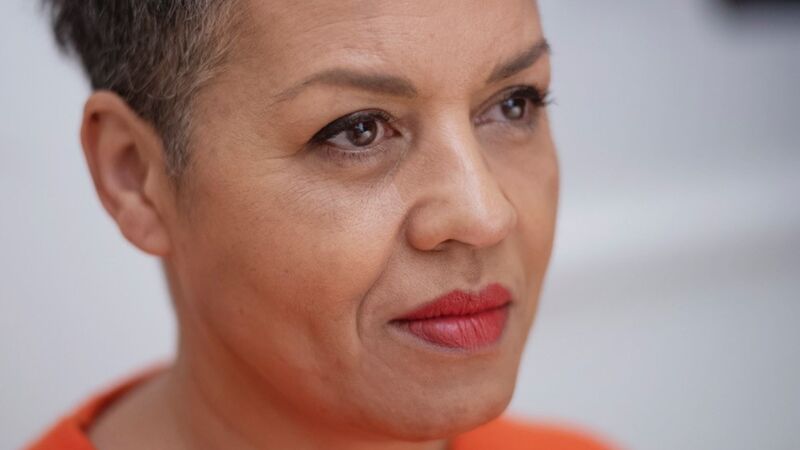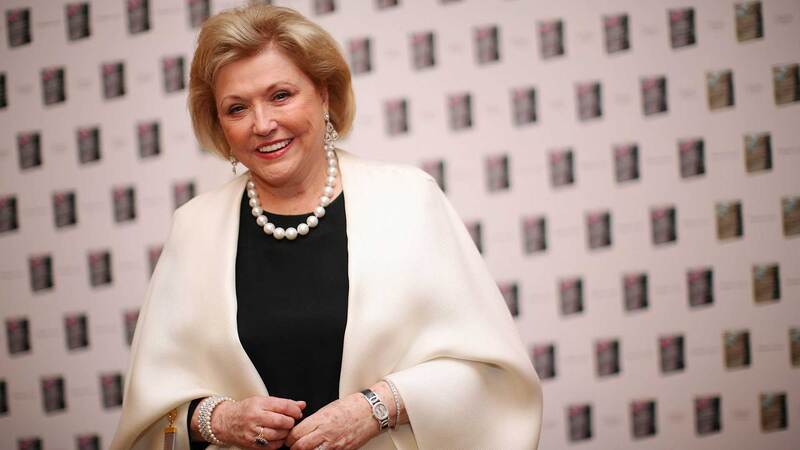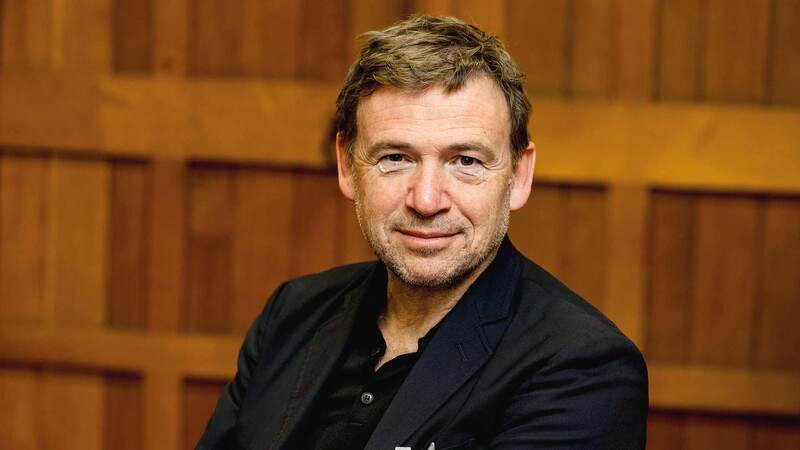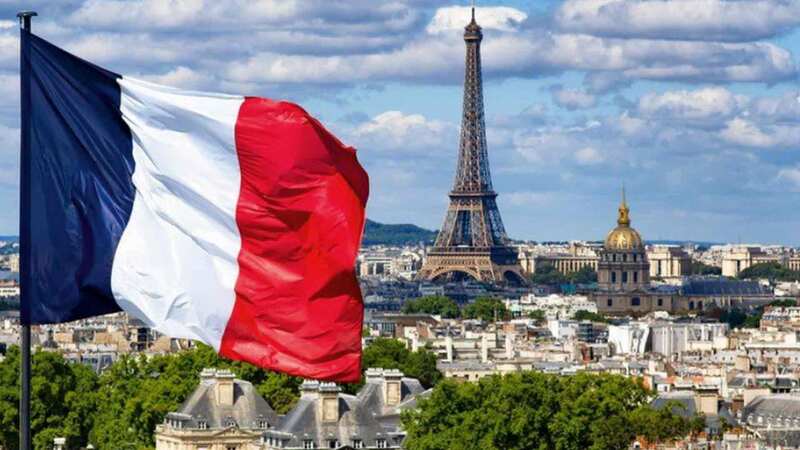You are viewing your 1 free article this month. Login to read more articles.
Back the books
This week’s Review of the Year analysis—focused on publishers—follows a familiar theme. Rising sales at the value level, falling sales in terms of numbers of copies sold.
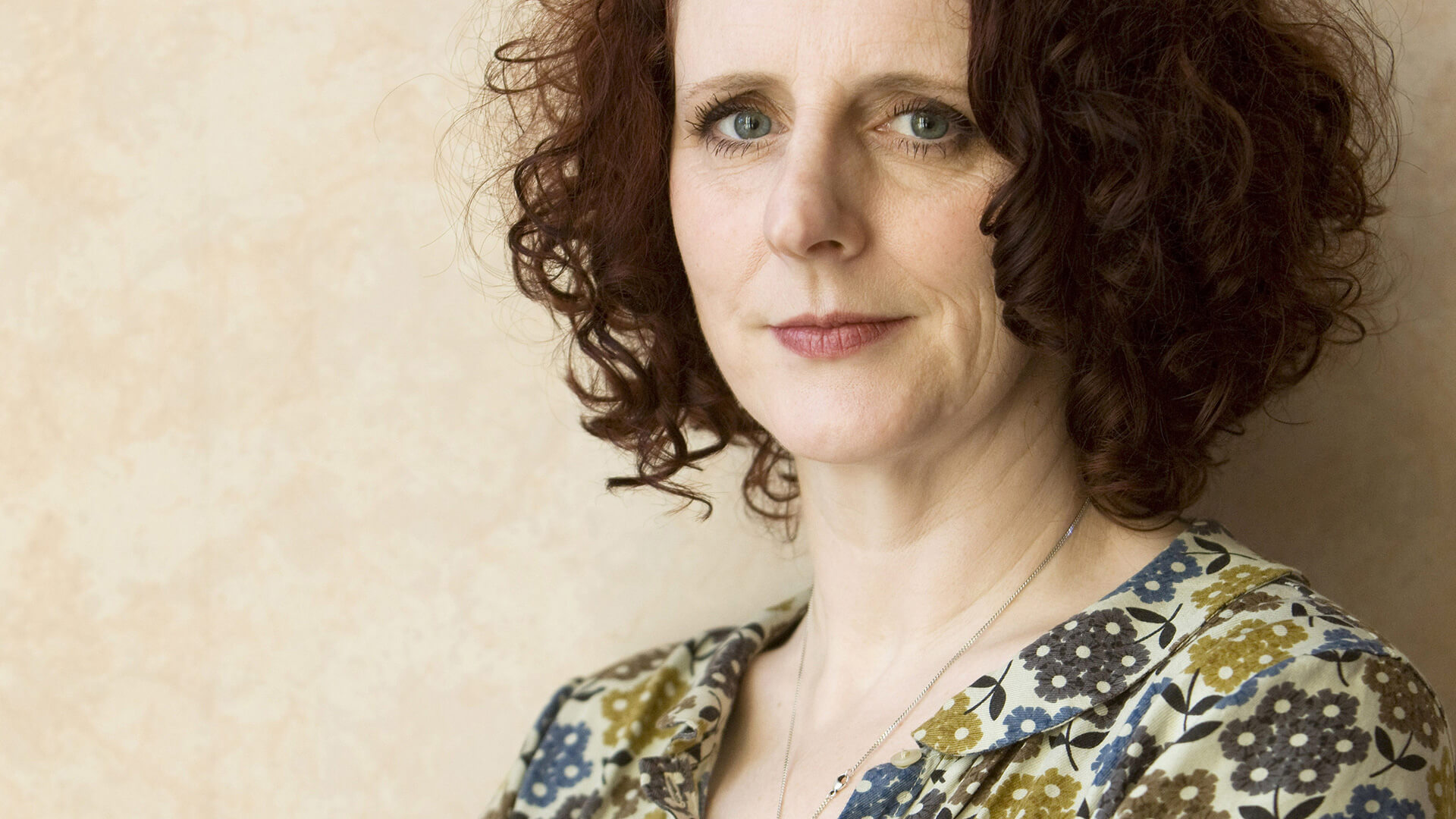
This week’s Review of the Year analysis—focused on publishers—follows a familiar theme. Rising sales at the value level, falling sales in terms of numbers of copies sold. According to Nielsen data, seven of our biggest publishers reported record revenue through the Total Consumer Market—at least in a non-pandemic year—but only four of these also saw volume growth in print book sales. As already noted, the overall market grew 1.3% to £1.8bn, but at the cost of 10.5 million fewer books sold, with an average selling price of £9.23, 50p ahead of 2022.
Cheap books, in whatever format they come, present an existential challenge to authors and bookshops
There is some context to all this. As I noted some years back, book prices have failed to keep with inflation over an extended period. In reality, if we compare with prices two decades ago, hardbacks should be closer to £40 now, paperbacks at £20. Book buyers, they are not. According to Enders Analysis, there is now no chance of catching up: a recent report states that the “wider media landscape would not support the 50% average price increase that would require” to prices back to where they were at the turn of the millennium. One might say that publishers have been smart to resist rises at a time when competition from other entertainment products has intensified. But Enders concludes that although other products “have seen some of the same price deflation from time to time, books stand alone as suffering consistent declines in real prices over the medium term”.
Enders points to a psychological stickiness around price, that the fear from some publishers (and booksellers, presumably) going from £9.99 to, say, £12 tips books into a different category of purchase. This may be so. But at least they are trying. The Marriage Portrait, released in August 2022, was notable within the trade for carrying an r.r.p. of £25 on its main edition—£5 more than its predecessor, with just a marginal difference in the sales trajectory.
But it is also the case that books face competition not just from other media or other books, but also from other formats, with e-books, audio and remaindered versions all exerting a downwards pressure on price. The BBC’s consumer radio programme “You and Yours” had planned to run a piece this week on why e-book prices were pegged to print book costs, but demurred when I questioned the premise. Cheap books, in whatever format they come, present an existential challenge to authors and most bookshops, even as price rises risk putting off some customers. It is also the case that although publishers print prices on the back of books, it is booksellers that pay them in the first instance, and then carry the burden of passing them on to customers. The trick is to maintain the value of the content, while differentiating on the package.
Enders concludes that with reading habits entrenched, publishers should have the same confidence in their product that readers do, and charge more for premium products through premium sales channels, while not neglecting the universal access afforded by libraries, discount formats and cheaper retail channels. This is sound advice. It is also what is happening.






